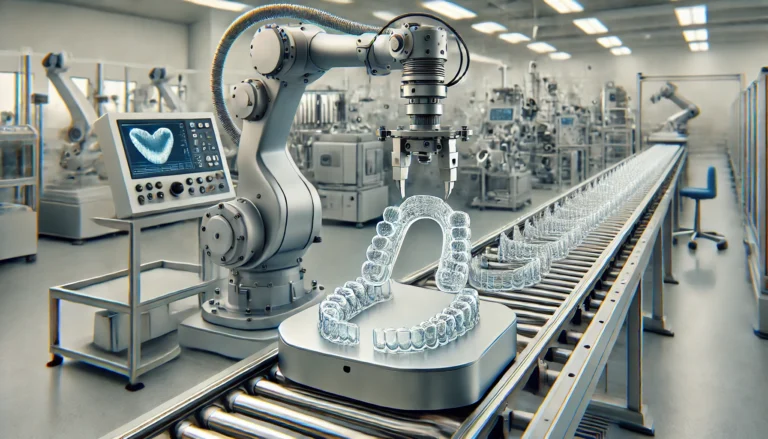
Invisalign has truly transformed the landscape of orthodontic treatment by providing a clear and comfortable alternative to traditional braces. But can Invisalign fix gaps between teeth? If you have ever considered this innovative system, you are in the right place to find out.
This article will delve into how Invisalign functions, the many benefits it offers, and its effectiveness in addressing gaps between teeth. We will also compare Invisalign with other treatment options, discuss the typical duration of treatment, and highlight essential care tips for maintaining both your teeth and aligners.
Continue reading to determine whether Invisalign is the ideal choice for your smile!
What is Invisalign?
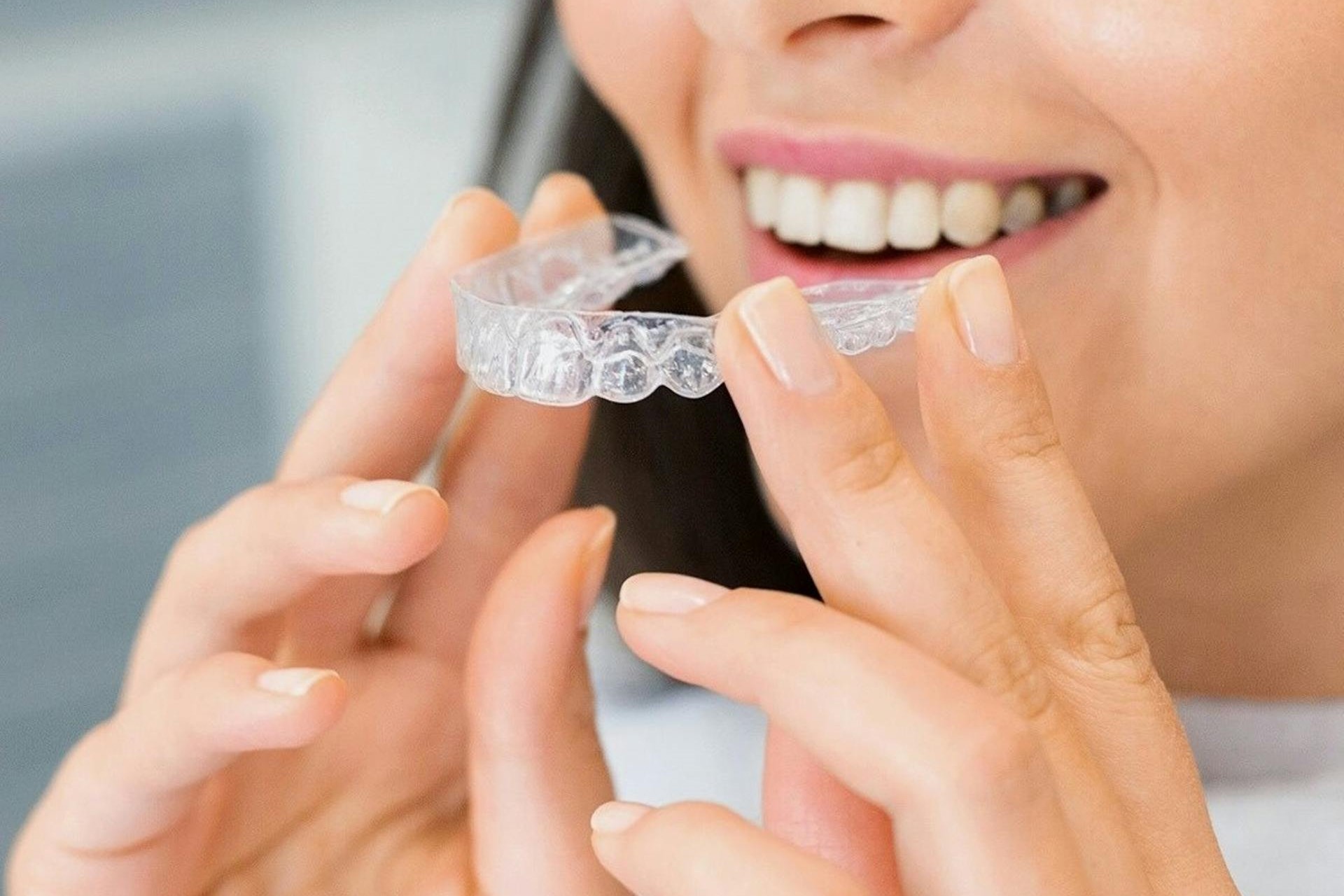
Invisalign represents an innovative orthodontic treatment that employs clear aligners to effectively straighten misaligned teeth and enhance one’s smile. Unlike traditional braces, these aligners are removable, which makes them a preferred choice for individuals seeking a discreet and comfortable solution for teeth alignment.
This advanced solution addresses a variety of dental concerns, including bite problems, gaps, and spacing, while promoting better oral hygiene. While the price of Invisalign in the UK may be higher than traditional options, its combination of effectiveness and subtlety makes it an appealing choice for many seeking modern orthodontic care.
By prioritising both aesthetics and comfort, Invisalign has revolutionised the field of orthodontics, empowering individuals to achieve their ideal smile without compromising their lifestyle.
How Does Invisalign Work?
Invisalign functions by employing a series of custom-made clear aligners that gradually move your teeth into the desired position over time. Each set of aligner trays is carefully crafted using advanced orthodontic technology to ensure a precise fit.
As you progress through the treatment, which typically lasts between 6 to 18 months depending on your individual needs, each new aligner is designed to facilitate the next stage of your teeth movement. This innovative method not only allows for effective bite correction and teeth alignment but also offers a comfortable and removable solution that makes maintaining oral hygiene much easier.
What Are the Benefits of Invisalign?
Invisalign offers numerous benefits that make it an appealing option for individuals seeking to enhance their dental health and achieve a remarkable smile transformation.
One of the most significant advantages is its discreet appearance, which allows users to straighten their teeth without the noticeable presence of traditional braces.
Furthermore, the removable aligners contribute to greater comfort for patients and facilitate easier oral hygiene. This enables individuals to maintain their regular dental care routines without the limitations typically associated with conventional orthodontic appliances.
Additionally, this treatment effectively addresses a range of alignment issues, including dental gaps and bite correction, resulting in improved overall dental aesthetics.
1. Discreet Appearance
One of the most notable features of Invisalign is its discreet appearance, allowing individuals to undergo orthodontic treatment without attracting attention to their mouths. The clear aligners are virtually invisible, making them an excellent option for both adults and teenagers who prefer a more subtle approach to teeth straightening.
This discreet design greatly improves daily life, as patients can confidently participate in social situations or professional settings without the self-consciousness that often accompanies traditional metal braces. With the ability to smile freely during presentations, meetings, or gatherings, patients often find their self-esteem boosted, which can positively influence their interactions.
Moreover, the comfort of these aligners complements their lifestyle, as they can be easily removed for eating and cleaning. This combination of smile enhancement and user-friendly experience leads to a less invasive and more enjoyable orthodontic journey, allowing individuals to embrace their transformations with ease.
2. Removable Aligners
The removable aligners used in Invisalign treatment offer a flexibility that traditional braces simply cannot provide. Patients have the convenience of removing the aligners during meals, allowing them to enjoy a wide variety of foods without restrictions and maintain excellent oral hygiene.
This ability to take out the aligners significantly enhances their oral care routine, enabling individuals to brush and floss without any obstructions. Consequently, they can adopt better oral hygiene practices, which is essential during the teeth adjustment process.
Many patients find that this level of comfort leads to improved adherence to their treatment plan, as they appreciate the freedom to enjoy their favourite foods while effectively caring for their teeth.
The combination of effective treatment and convenience not only simplifies daily life but also contributes to a more positive overall experience throughout the orthodontic journey.
3. Comfortable and Custom Fit
Invisalign aligners are thoughtfully designed to provide a comfortable and custom fit, tailored specifically to the unique shape of each patient’s teeth and mouth. This personalised approach ensures that the aligners fit snugly, thereby minimising discomfort during the teeth movement process.
By meticulously considering individual dental structures, orthodontic treatment transforms from a mere procedure into a tailored experience aimed at enhancing patient satisfaction. Each aligner is skillfully engineered to facilitate gradual teeth movement, allowing for precise adjustments that align with the patient’s specific needs.
This careful design process prioritises comfort, enabling patients to go about their daily routines without the cumbersome sensations often associated with traditional braces.
Ultimately, the innovation behind Invisalign transcends aesthetics; it fosters a sense of confidence and ease throughout the entire treatment journey.
4. Easier Oral Hygiene
Invisalign simplifies the process of maintaining oral hygiene, as patients can easily remove their aligners to brush and floss their teeth without any obstacles. This convenience encourages better dental care during orthodontic treatment, thereby reducing the risk of plaque build-up and cavities.
The aligners are also easy to clean; a gentle rinse and a soft brush are all that is needed to keep them free of residue. It is essential for individuals using these aligners to establish a routine that includes regular brushing at least twice daily and daily flossing to ensure comprehensive care for their teeth.
Equally important is the practice of cleaning the aligners themselves, which can significantly contribute to overall oral health throughout the treatment duration. By prioritising these habits, patients can enjoy a bright smile while reaping the benefits of their clear aligners.
Can Invisalign Fix Gaps Between Teeth?
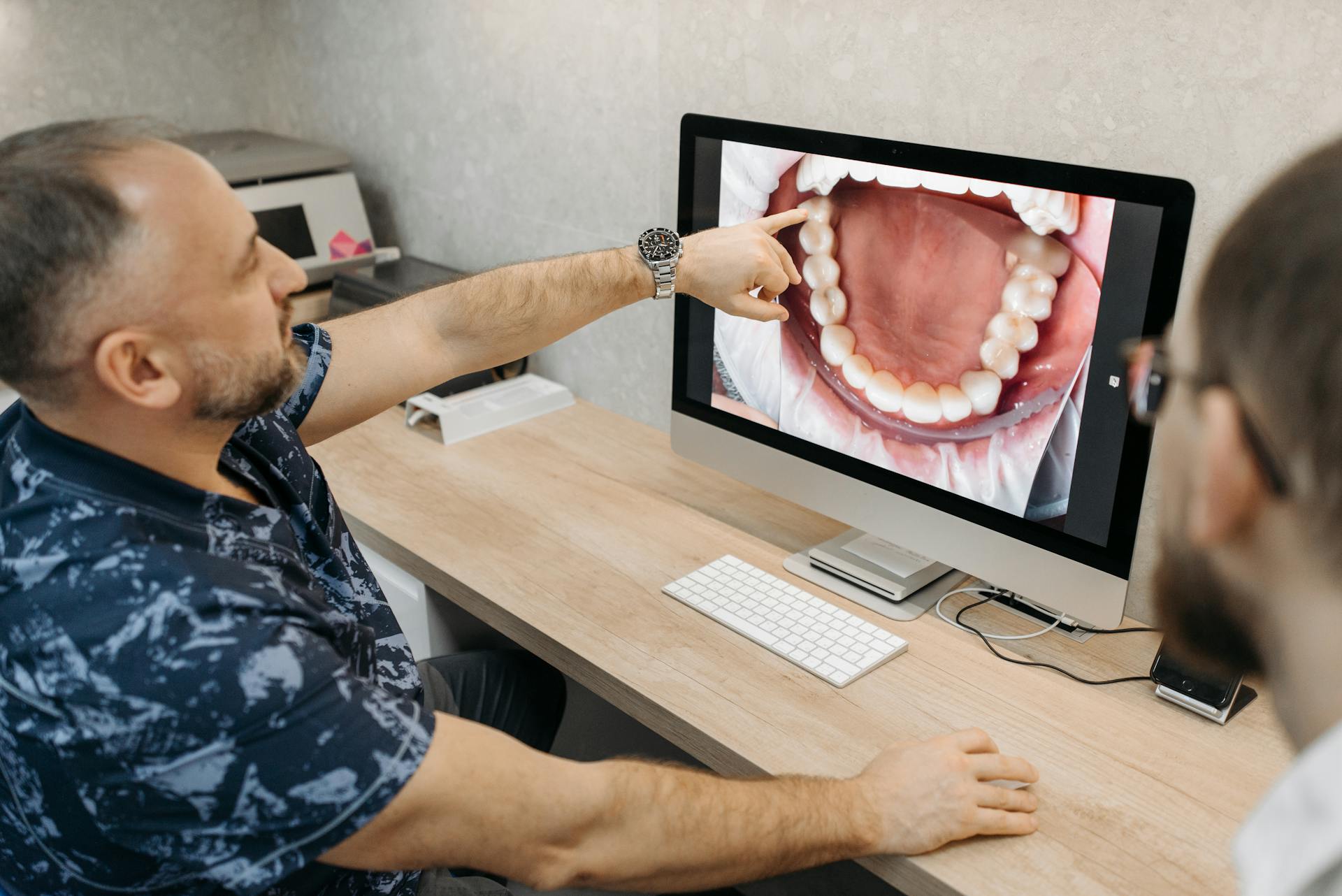
Indeed, Invisalign is an effective orthodontic treatment designed to address gaps between teeth, providing a clear and straightforward solution for individuals seeking improved teeth spacing and alignment.
The clear aligners work by gradually shifting the teeth into their optimal positions, facilitating effective gap closure and enhancing overall dental aesthetics.
What Causes Gaps Between Teeth?
Gaps between teeth, commonly referred to as dental gaps, can arise from various factors, such as genetics, orthodontic issues, and malocclusion. Understanding these underlying causes is essential for effective treatment and optimal dental health.
In many instances, improper alignment can lead to spacing problems that result in noticeable gaps, affecting both the appearance and functionality of a smile. Additionally, tooth loss—whether due to decay or injury—can create further spaces that often necessitate intervention to restore the dental arch.
A thorough orthodontic evaluation is therefore crucial, as it enables dental professionals to pinpoint the reasons behind these gaps and recommend suitable dental solutions. By addressing these issues during a comprehensive dental examination, individuals can maintain their oral health while enhancing their aesthetic appeal, ultimately ensuring that patients enjoy both confidence and comfort in their daily lives.
How Does Invisalign Address Gaps Between Teeth?
Invisalign effectively addresses gaps between teeth through a thoughtfully designed series of aligners that apply gentle pressure to shift teeth into their proper positions. Each set of aligner trays is customised to facilitate gradual movement, ensuring that the gaps are closed efficiently.
The treatment plan is tailored to match each patient’s unique dental structure and lifestyle, prioritising both comfort and precision throughout the process. As the orthodontist monitors the progress of the treatment, they may make adjustments to the aligners, allowing for optimal spacing and alignment over time.
This personalised approach not only enhances patient satisfaction but also instils confidence in the treatment’s effectiveness.
By focusing on each individual’s specific needs and preferences, the Invisalign system offers a smooth experience, enableing patients on their journey towards achieving a healthier smile.
What Are the Alternatives to Invisalign for Fixing Gaps Between Teeth?
Invisalign is indeed a popular option for addressing gaps between teeth; however, there are several alternatives that might also meet individual needs and preferences.
Dental professionals may recommend traditional braces, dental bonding, or veneers among other options, depending on the severity of the gaps and the desired aesthetic outcomes. Each of these alternatives has its own benefits and can be tailored to fit a person’s specific situation.
1. Traditional Braces
Traditional braces continue to be a widely used and effective method for correcting gaps between teeth. By utilising metal brackets and wires, this approach gradually shifts teeth into proper alignment over time. This treatment is particularly advantageous for complex cases that require significant adjustments.
Patients often find that traditional braces serve as a dependable solution for severe orthodontic issues. The consistent forces exerted by the brackets and wires effectively guide teeth into their desired positions.
While some individuals may initially experience discomfort, many adapt quickly and come to appreciate the final results. It is crucial for those considering braces to engage in a thorough discussion with their orthodontist about their specific dental conditions and preferences.
This treatment typically requires a commitment to regular adjustments and diligent oral hygiene practices, making the journey towards optimal teeth alignment a collaborative and rewarding experience.
2. Dental Bonding
Dental bonding is a cosmetic dentistry procedure that effectively closes gaps between teeth by applying a tooth-coloured resin to the affected area. This method provides a quick solution for minor spacing issues and enhances the overall aesthetics of one’s smile.
The procedure is typically straightforward. First, the dentist cleans the surface of the tooth, then applies the resin. This material is sculpted and hardened, resulting in a natural appearance that blends seamlessly with the surrounding teeth.
One of the significant advantages of dental bonding is its affordability when compared to other aesthetic improvements. Additionally, it is minimally invasive, allowing patients to retain their natural tooth structure.
Ideal candidates for this treatment include individuals with:
- Small gaps
- Chipped or discoloured teeth
- Those looking for a subtle enhancement to their smile without undergoing major dental work
3. Veneers
Veneers are thin shells made of porcelain or composite resin that are custom-designed to cover the front surface of teeth, making them an excellent choice for closing gaps and enhancing the overall aesthetics of one’s smile. This cosmetic dentistry option can provide a remarkable transformation for one’s appearance.
Plus improving looks, veneers offer several benefits. For instance, they are more resistant to stains than natural tooth enamel, which contributes to a long-lasting and radiant smile.
The process generally begins with a consultation, during which impressions of the teeth are taken. This is followed by minimal preparation of the teeth to ensure a precise fit.
Once applied, these dental enhancements not only improve the alignment and colour of the teeth but also significantly boost patient confidence, allowing individuals to share their smiles freely.
Veneers serve as a practical and effective option for anyone looking to invest in enhancing their smile.
How Long Does Invisalign Treatment Take to Fix Gaps Between Teeth?
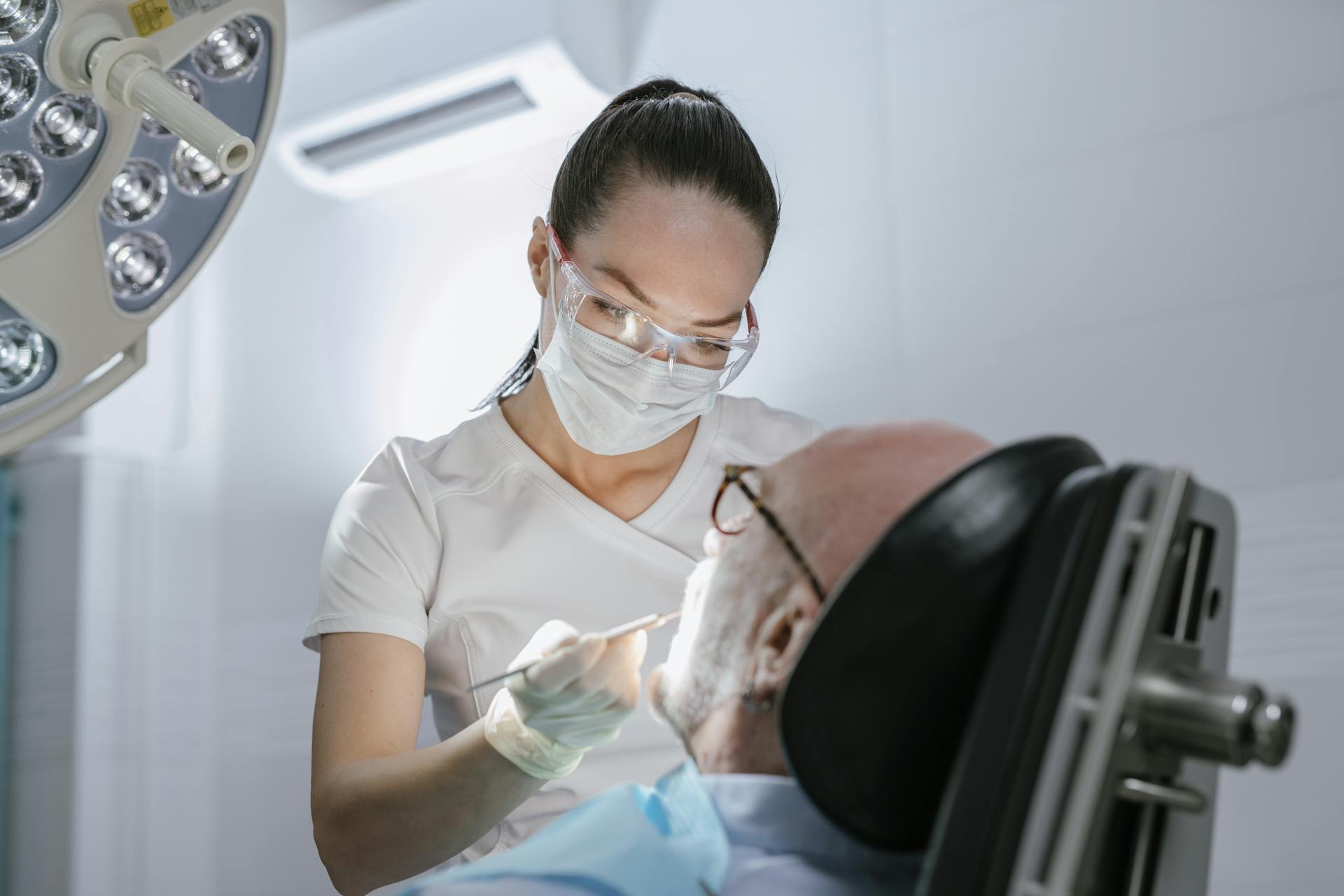
The duration of Invisalign treatment to address gaps between teeth can vary significantly from one patient to another, typically falling between 6 to 18 months. This timeline largely depends on the individual complexity of the case and the treatment goals. Several factors can influence the overall duration, including the number of aligner trays required and the patient’s commitment to following the treatment plan.
During the initial consultation to an Invisalign provider, the orthodontist conducts a comprehensive assessment of the patient’s dental needs by examining the alignment of their teeth and utilising necessary imaging techniques. This evaluation is essential as it allows for the establishment of realistic expectations concerning both the duration and effectiveness of the treatment.
It is crucial for patients to adhere to the orthodontist’s guidelines to facilitate smooth teeth movement and accurately track treatment progress. Regular check-ups are instrumental in monitoring outcomes and making any necessary adjustments, which can ultimately enhance the success of the treatment plan.
Moreover, following the prescribed wear-time for aligners is of utmost importance. Neglecting these instructions could lead to an extended treatment duration, potentially delaying the achievement of desired results.
What Are the Potential Risks or Side Effects of Invisalign Treatment?
Invisalign is widely regarded as a safe and effective orthodontic treatment; however, it is important for patients to be aware of potential risks and side effects that may arise during their quest for a straighter smile. Common side effects can include temporary discomfort, increased sensitivity of the teeth, and minor changes in speech as one gets used to wearing the aligners.
To enhance comfort and ensure a successful treatment experience, it is essential for individuals to diligently follow the care instructions provided by their orthodontist. This typically involves wearing the aligners for the recommended 20 to 22 hours per day and adhering to the schedule for switching to new aligners.
Maintaining proper oral hygiene, including regular brushing and flossing, can help alleviate discomfort and prevent other dental issues. If patients experience persistent discomfort or have concerns, it is advisable to communicate these to their orthodontist.
This way, they can receive tailored advice and support throughout the treatment process, paving the way for a smoother journey towards achieving their desired smile.
How to Care for Your Teeth and Invisalign Aligners During Treatment?
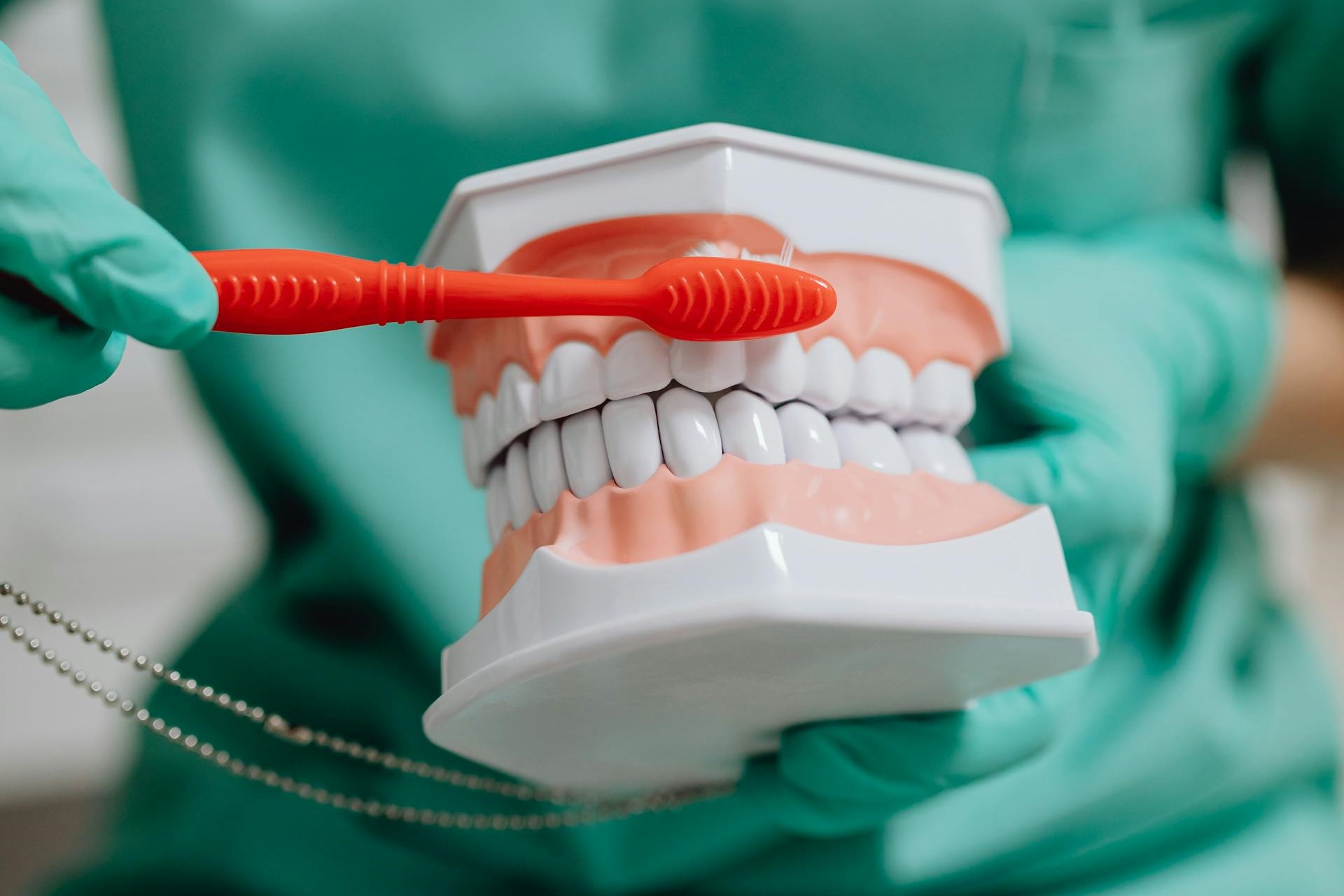
Caring for your teeth and Invisalign aligners during treatment is crucial for maintaining optimal oral hygiene and achieving the desired results. It is advisable to remove the aligners when eating or drinking anything other than water, and to clean your teeth thoroughly before reinserting them. This practice helps prevent plaque build-up and supports overall dental health.
Establishing a consistent routine that includes brushing at least twice a day and flossing daily can greatly enhance the effectiveness of the aligners as well as your overall dental care. It is important to use a gentle toothbrush and a non-abrasive toothpaste to prevent scratching the aligners.
Regular cleaning of the aligners is equally essential; soaking them in the recommended cleaning solution aids in eliminating bacteria and preventing discolouration.
Additionally, scheduling regular check-ups with your dental professional is key. They play a vital role in monitoring the progress of your treatment and providing personalised guidance on oral hygiene practices tailored to your specific needs.
Frequently Asked Questions
Can Invisalign fix gaps between teeth?
Yes, Invisalign can fix gaps between teeth. Invisalign is a popular orthodontic treatment that can effectively close gaps between teeth and correct other misalignment issues.
How does Invisalign fix gaps between teeth?
Invisalign uses a series of clear aligners to gradually shift your teeth into their desired position. Through controlled movements, the aligners can close gaps between teeth and improve overall alignment.
Is Invisalign effective for large gaps between teeth?
Yes, Invisalign can be effective for large gaps between teeth. However, the severity of the gap will determine the length and complexity of your treatment, which may require additional aligners and time to achieve the desired results.
How long does it take for Invisalign to fix gaps between teeth?
The length of time it takes for Invisalign to fix gaps between teeth varies from person to person. On average, treatment can take anywhere from 6-18 months, depending on the severity of the gap and other misalignment issues.
Are there any other benefits to using Invisalign to fix gaps between teeth?
Yes, in addition to closing gaps between teeth, Invisalign can also improve overall oral health. By properly aligning your teeth, you can reduce the risk of dental issues such as cavities, gum disease, and difficulty cleaning your teeth.
Can Invisalign fix gaps between teeth for all ages?
Invisalign is suitable for most ages, including adults and teenagers. However, it is best to consult with an orthodontist to determine if Invisalign is the right treatment option for you or your child’s specific gap between teeth.

